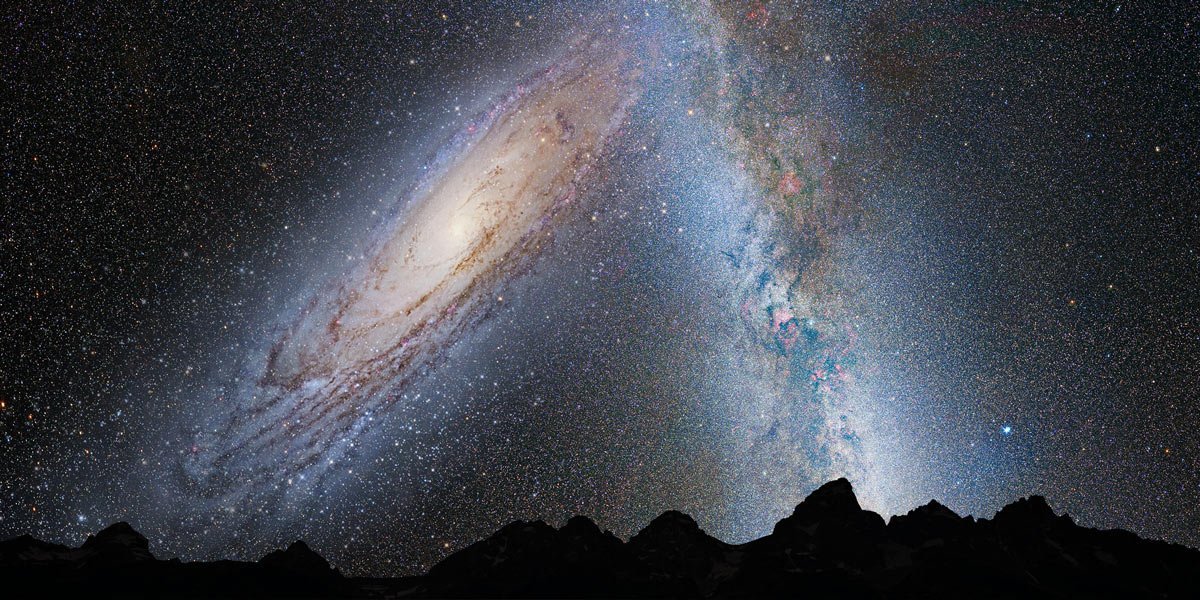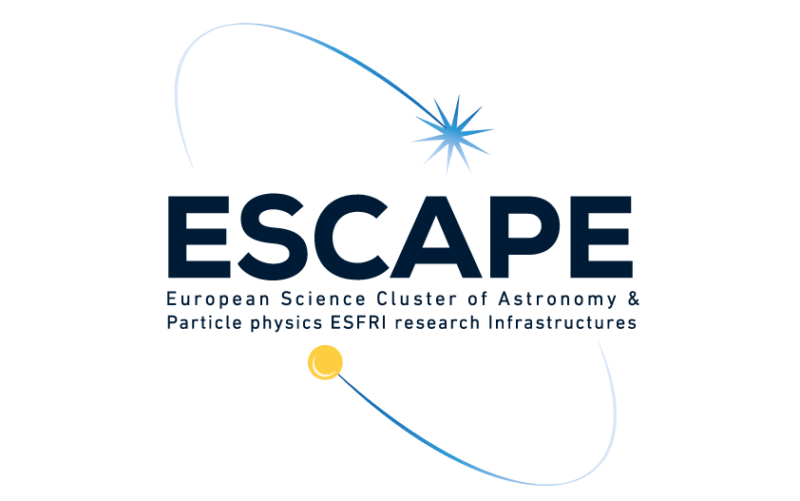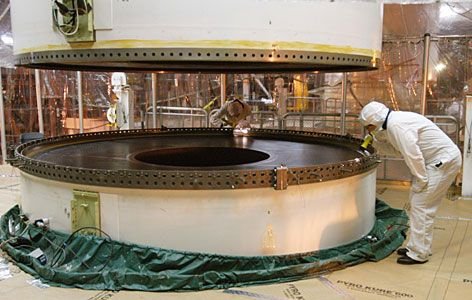Euclid Galaxy Zoo

Help us classify the shapes of galaxies. Galaxy Zoo Euclid is now LIVE at Zooniverse – Be the first to see these images from the Euclid space telescope. And I’m proud to say, I’m once again taking part in helping with classifications for a new Zooniverse project.
The European Space Agency’s (ESA) Euclid space telescope launched in July 2023. Euclid has been designed to look at a much larger region of sky than the Hubble Space Telescope or the James Webb Space Telescope, meaning it can capture a wide range of different objects all in the same image – from faint to bright, from distant to nearby, from the most massive of galaxy clusters, to the smallest nearby stars. With Euclid, we will get both a very detailed and very wide view (more than one third of the sky) all at once.
Galaxy Zoo Euclid is the first chance for the public to see images from Euclid’s main survey. Euclid captures so many images (we have prepared 820,000 and counting, thanks to the ESA Datalabs digital platform) that almost every image will have never been seen before. If you see something interesting, press “Done and Talk” to share it on the Talk forum. What will you discover?

The Euclid Challenge
Euclid scientists need your help. Euclid captures images of tens of millions of galaxies like those we’re showing here. To classify that impossibly large pile of galaxies, we’re using your classifications to train AI algorithms (remember the Zoobot AI assistant?). But the AI algorithms need to be ready for the scientists by the end of August – in only one month! We need as many volunteer classifications for teaching the AI algorithms as we can get; our goal is 100,000 classifications. We’re calling this The Euclid Challenge. Spread the word and dive in!



Leave a Reply